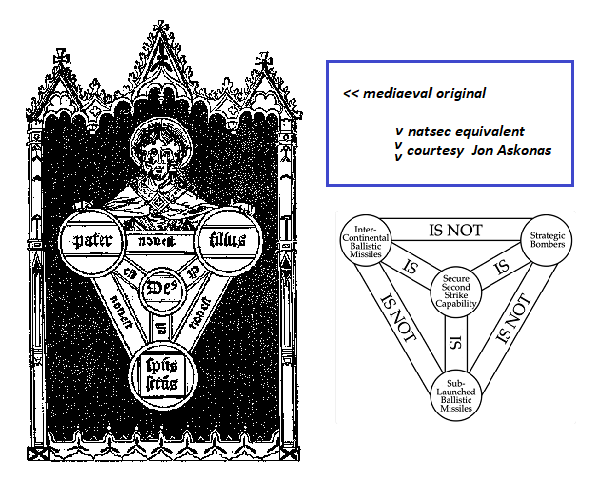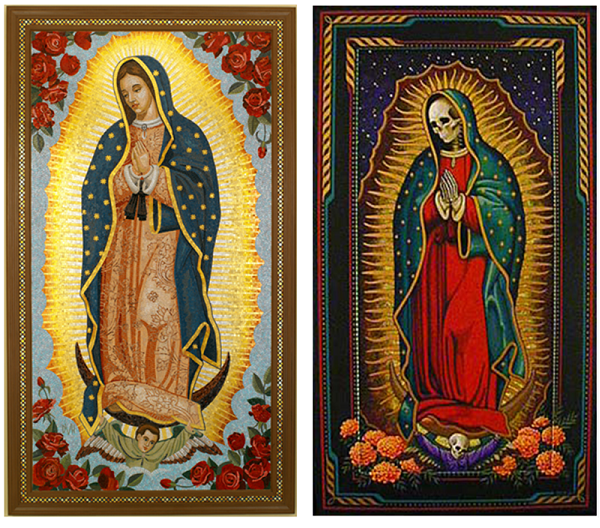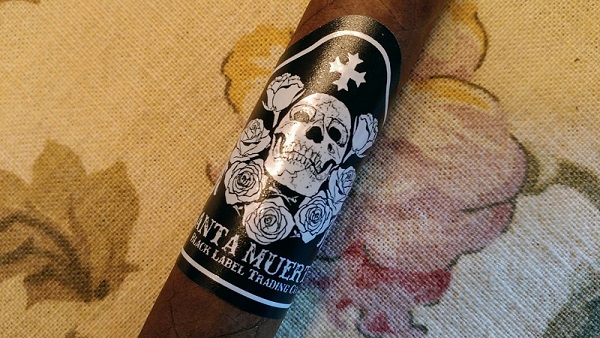The remaking of angels, their rank and sweep
Wednesday, January 16th, 2019[ by Charles Cameron — on, i suppose, the uphill slog or seduction of genius — or a very different take on complexity? ]
.
Paul Klee‘s Angelus Novus — described by the Verso writer Stuart Jeffries as “this goofy, eternally hovering angel with hair that looks like paper scrolls, aerodynamically hopeless wings and googly if rather melancholy eyes”:
was admired and bought for a thousand marks by Walter Benjamin, and moved with him from one lodging to the next until her fled Germany and the onrushing Nazis. It is also:
Benjamin’s most famous image, in the 1940 “Theses on the Philosophy of History”: the “angel of history” who is blown backward into the future by the storm of progress.
or to quote Benjamin himself:
A Klee painting named Angelus Novus shows an angel looking as though he is about to move away from something he is fixedly contemplating. His eyes are staring, his mouth is open, his wings are spread. This is how one pictures the angel of history. His face is turned toward the past. Where we perceive a chain of events, he sees one single catastrophe which keeps piling wreckage upon wreckage and hurls it in front of his feet. The angel would like to stay, awaken the dead, and make whole what has been smashed. But a storm is blowing from Paradise; it has got caught in his wings with such violence that the angel can no longer close them. The storm irresistibly propels him into the future to which his back is turned, while the pile of debris before him grows skyward. This storm is what we call progress.
**
At a time after Darwin, Marx and Freud have dissolved the basics of fundamentalism, and before the likes of Sam Harris, Richard Dawkins, Daniel Dennett and the brilliant Christopher Hitchens proclaimed “the new atheism” in an easily-won contest with that same low, popular religiosity — all but ignoring the retreat of angels from Renaissance tryptich to Hallmark Card — we might do well to carry the God-NoBoDaddy debate up an octave, and consider the possibility that once angels have been more or less erased from modern western consciousness, they may, as in a palimpsest, reappear in new-old guises..
**
Principally, I think here of Rilke‘s angels in the Duino Elegies:
Who, if I cried out, would hear me among the angels’ hierarchies?
and even if one of them pressed me suddenly against his heart:
I would be consumed in that overwhelming existence.
For beauty is nothing but the beginning of terror, which we are still just able to endure,
and we are so awed because it serenely disdains to annihilate us.
Every angel is terrifying.
Ah!
Rilke told one of his translators that she should not make the mistake of understanding the angel referred to in the elegies as a Christian angel. To the contrary, this angel was quite distinctly drawn from an Islamic tradition. Rilke writes that in the months before his trip to Duino, he had traveled in Spain and had been consumed with reading the Qu’ran and a book on the life of the Prophet Mohammed. It seems fairly clear that this occurred under the influence of his friend Lou Andreas-Salomé, whose husband, Friedrich Carl Andreas, was a leading scholar of Islamic culture in the Russian Empire, particularly including Naqshibandiyya.
**
Let Rilke have traveled next to India or China, the apsarases and gandharvas of Hinduism and Buddhism might have affected him, with their sensuality, their song, their dance..
**
But while gandharvas and apsarases capture us by their powers of seduction — in some ways like the houris of Islamic paradise — with Rilke’s angels, drawing no less on the Old Testament than on the Qur’an, our surrender is to elemental force:
I mean the Angel who appeared
to the wrestlers of the Old Testament:
when the wrestlers’ sinews
grew long like metal strings,
he felt them under his fingers
like chords of deep music.Whoever was beaten by this Angel
(who often simply declined the fight)
went away proud and strengthened
and great from that harsh hand,
that kneaded him as if to change his shape.
Winning does not tempt that man.
This is how he grows: by being defeated, decisively,
by constantly greater beings.
**
Constantly greater beings, with which we may if we are spiritually fortunate, wrestle — these are Rilke‘s angels, and they fill the gap in the once-dominant Great Chain of Being paradigm, on a rung above human usualness, demanding, promising, skirmishing, delivering…
To be carried in the arms of an apsara, to be swept by the gale-force storm of an angel, these are human experiences of the transhuman kind, and we need words for them, both forgetful of any surrounding dogma and delighting in their strength as imagery — gandharvas and angels named as such, and constantly revivified by the poetic imagination.
Klee, Benjamin, Rilke, but also Jacob wrestling with — who? a man, angel, God? — and becoming IsraelGiotto, Fra Angelico, Michelangelo who wrestled form from Carrera marble, Dogen Zenji for whom mountains were the sages into whom, living among them, he blended.. Kalidasa with his yakshas in Cloud Messenger and perhaps supremely in the gandharva marriage in his Shakuntala..
Isaac becoming Israel, Shakuntala the mother of Bharata.. Of such are sacred nations born.
**
Yet this world is wide and deep, the beings above us multitudinous, and the humans touched by them more than a single mind can comprehend. And:
The problem of god is a problem in ballistics, Icarus discovered this,
that to shoot for the sun is to fall short of it, those who shoot
for beauty achieve prettiness, there is a gravity in aesthetics as there is
in physics, and theology too has its fall, the problem of god being
that the mind falls short of what is huge enough to conceive it, give
conception whatever relevant definition you choose, too vast
to think of, give birth to it — no, no, mind has sheer cliffs of fall, and
to shoot for a conception of god is full speed ahead to fall, fail ..
I bow, salute, prostrate, pranam, bow gassho.











